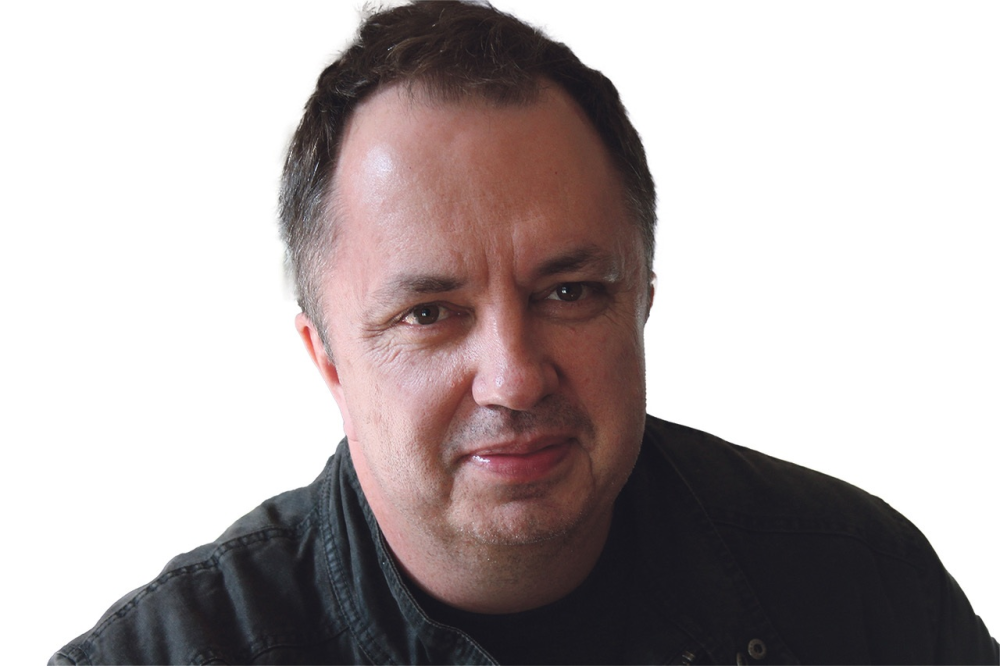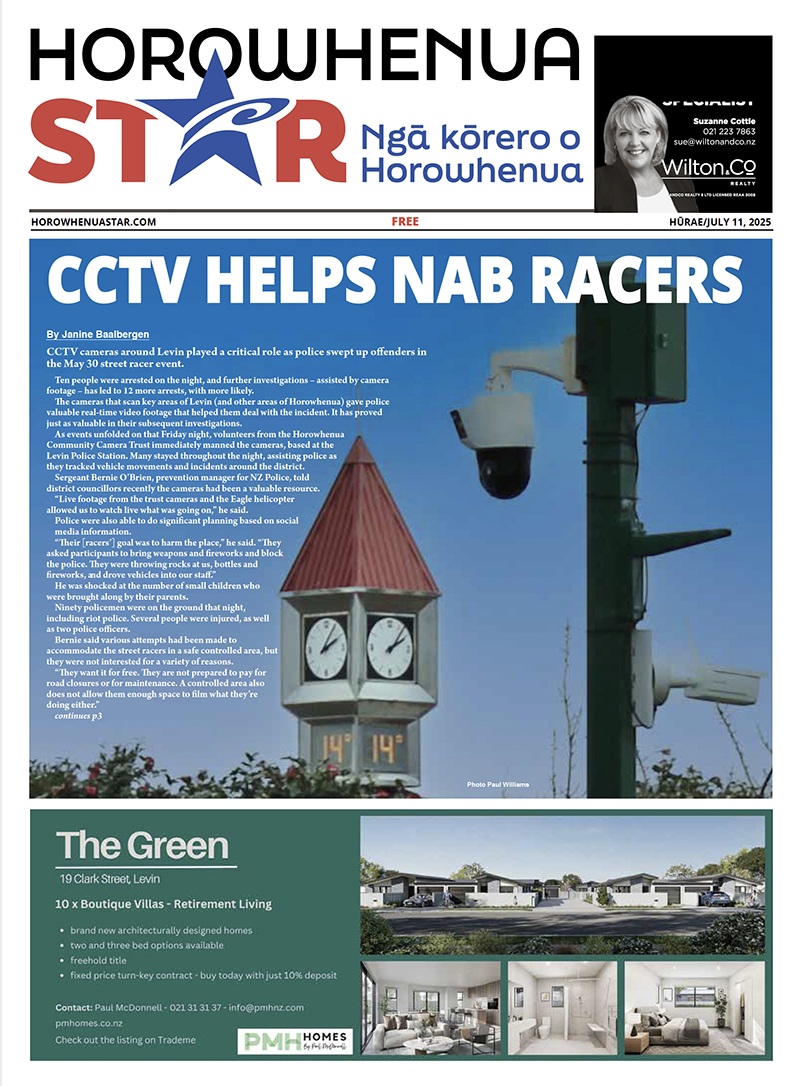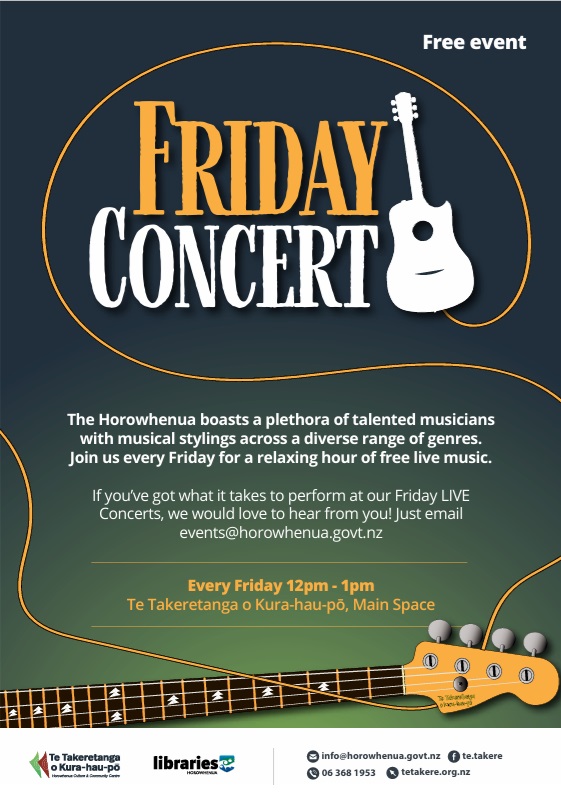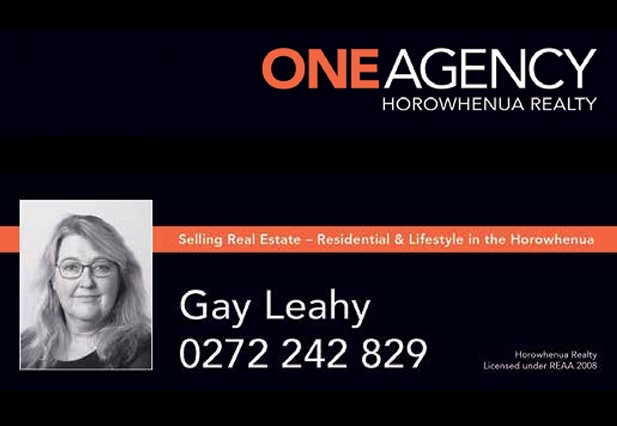The old Hokio and Kohitere youth prisons near Levin feature in a documentary that confronts New Zealand’s horrific rates of historic abuse in state care.
Levin journalist Aaron Smale says he started making the documentary The Stolen Children of Aotearoa armed with a simple question: Why are there so many Māori in prison?
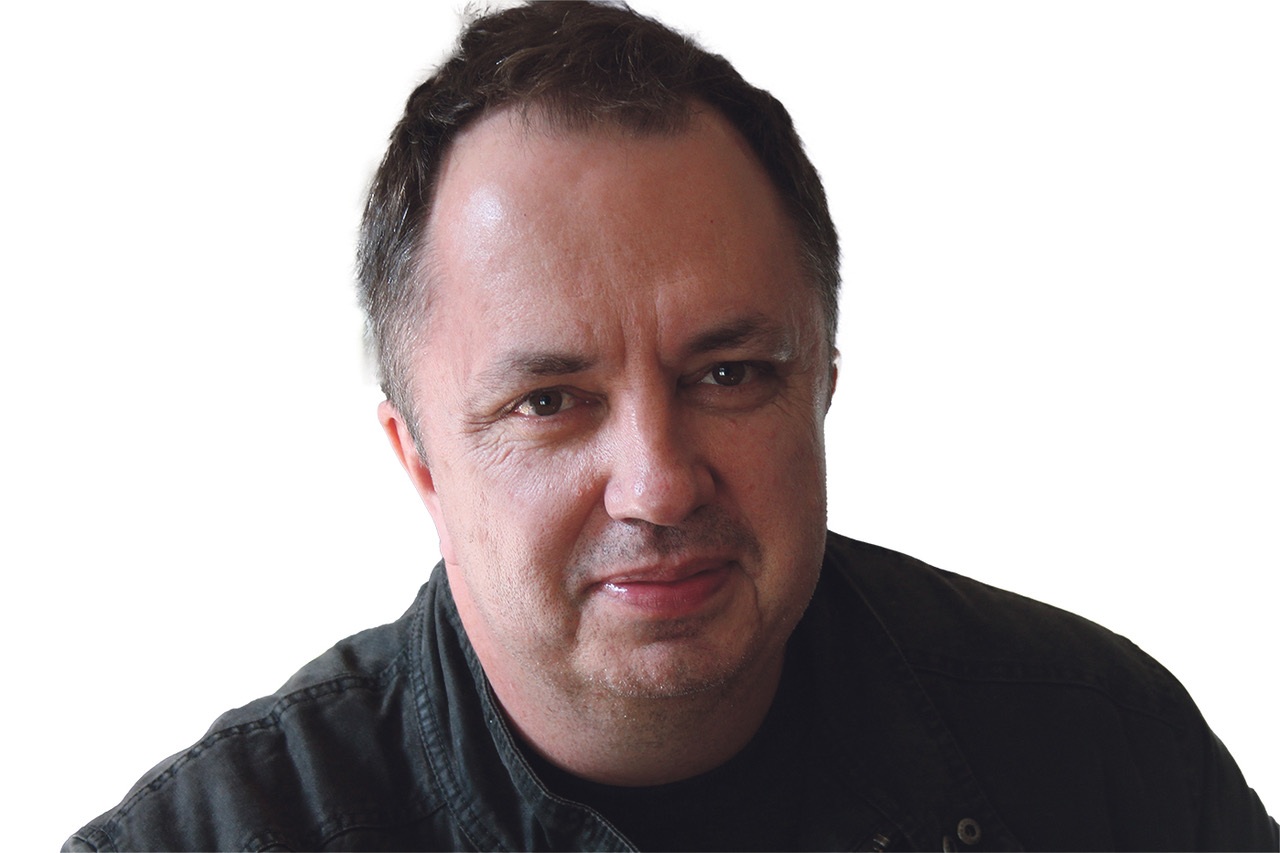
Levin journalist Aaron Smale
“I saw the statistics and wanted to ask and understand - why?” he says. “When I realised the scale of it, it suddenly made sense.
“You’ve got around 100,000 children that went through the system and suffered all this abuse, and a majority of those kids were Māori – up to 70 or 80 percent in some instances and the Māori [general] population was 10 percent.”
He says “right there” he could see the dots joining: “How did we go from these poor but functioning communities in rural areas, to suddenly Once Were Warriors?
“What happened in between?”
Time spent at correctional institutions like Kohitere, Hokio and others like them scattered around New Zealand at a young age was a reoccurring theme, acting like a conveyor belt for future serious offending and involvement in gangs.
“These institutions started to show up and it started to explain a lot – and this region was unfortunately ground zero for it,” he says. “There are a lot of people that worked in these institutions who wouldn’t have been abusive and would have no idea this went on. But there were people there that were.”
He says the release of the report from the Commission of Inquiry into Abuse in State
Care laid it bare and gave the documentary teeth. The numbers were staggering
– an estimated 100,000 cases of abuse.
Aaron says the documentary then couldn’t help but take a bigger brush and look at the effect colonisation and urbanisation has had on Māori, as they were factors directly related, too.
“Before World War II there were very few Māori in prison,” he says.
He admitted that making the documentary and listening to some of the stories wasn’t easy.
“Of course it’s not. This is awful stuff. The thing that makes me angry is that this type of thing is kept hidden over long periods of time.
“When you get to know the individuals and the impact it’s had on their lives, and the intergenerational impact – that’s why it’s been so hard to walk away from.
“You can’t bounce in and bounce out.”
“It’s hard to feel sorry for yourself. I chose to do this and could walk away at any point. The victims can’t. As hard as it has been, I’m only viewing this second hand. The victims live with this every day.
“My job was to make the public more aware of this.
“For most of their lives, if you spoke up it made things worse. The victims were never believed. To have that public validation is hugely important. It’s that whole guilt and shame that goes with it. But that guilt and shame belong with someone else.”
The government initially tried to ban Aaron from attending its apology following the commission of inquiry last year. It was rescinded once it had grabbed the full attention of media.
“It was a shame because being the centre of that attention distracted from the whole point of the day, which was the apology to the victims. I was not the story. It wasn’t about me.”
He says his satisfaction came from the acknowledgement from victims that telling these stories had helped them make sense of what they had been through, like a phone call from a gang member who had been through Lake Alice as a young man.
“He said to me win, lose or draw, you’ve won. You gave us hope,” he says.
OTHER STORIES

